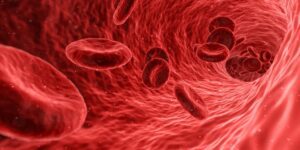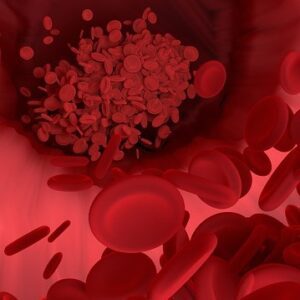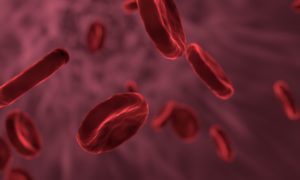Hemophilia
What is hemophilia?
Normally when people bleed, the body clumps blood cells together to form a clot, which closes the wound and stops the bleeding. This process is encouraged by clotting factors like blood-clotting proteins and platelets. Hemophilia is a rare bleeding disorder in which the blood does not clot normally, meaning a person with it may bleed for a longer time after an injury than normal. This happens when the blood doesn’t have enough clotting factors.
While things like small cuts in hemophiliacs are not usually a serious issue, deep, internal bleeding can damage organs and tissues.
Hemophilia occurs more often in males than females and can vary in severity. Women are unlikely to develop the disease, but they can be carriers for it.
What are the types of hemophilia?
There are two main types of hemophilia: hemophilia A and hemophilia B. They are determined based on which clotting factor is lacking in the body and are caused by mutations in different genes.
- Hemophilia A (classic hemophilia): This is caused by not enough clotting factor VIII. It occurs in about 1 in 5,000 males worldwide.
- Hemophilia B (Christmas disease): This is caused by a lack of clotting factor IX. It occurs in about 1 in 20,000 males worldwide.
What are the symptoms of hemophilia?
Symptoms vary depending on the individual’s clotting factor levels. When the deficiency is mild, patients may only experience bleeding after surgery or injury. If the deficiency is severe, bleeding may be spontaneous. Symptoms include:
- Excessive and prolonged bleeding from cuts and injuries
- Large and deep bruises
- Prolonged bleeding after vaccinations, surgeries, or dental work
- Pain and swelling in the joints
- Blood in urine and/or stool
- Seemingly random nosebleeds
- In infants, irritability
Emergency symptoms include:
- Sudden pain, swelling and warmth in large joints
- Bleeding from an injury
- Intense headache
- Vomiting
- Extreme fatigue
- Neck pain
- Doubled vision
If you experience these emergency symptoms, especially prolonged, heavy bleeding, seek out emergency care.
What causes hemophilia?
Hemophilia is usually a genetic disorder, inherited in an X-linked recessive pattern. However, in a small number of cases, it can develop as an autoimmune disease, such as in elderly cancer patients and in post-partum women. Human traits are inherited from a person’s father and mother; each one contributes a copy of a gene, which interacts with the other copy. Genes are located in chromosomes, which carry the genetic characteristics of individuals, and are located in the nucleus of all body cells. Humans have 23 pairs of chromosomes, and the final pair contains the sex chromosomes, the X and Y chromosomes. Human males have one X chromosome and a Y chromosome, while human females have two X chromosomes.
The genes associated with hemophilia A and B are located on the X chromosome. Males are more likely to have hemophilia because they only have one X chromosome; therefore, one altered copy of the gene is all that is needed to cause the condition. While females are more often carriers of the disorder, meaning they only have one copy of the mutation, in some cases, these carriers still have factor levels under 50 percent and display mild symptoms. This situation applies to around 30-40 percent of carriers.
Mutations in specific genes (F8 gene for hemophilia A, F9 gene for hemophilia B) cause the disorder. The mutation reduces the amount of the clotting factors made, which means blood clots cannot form properly in response to an injury.
Some cases do not appear to be inherited from the family; instead, they are caused by a spontaneous mutation in the genes.
How is hemophilia diagnosed?
Hemophilia is diagnosed using the following procedures:
- When you know your family has a history of hemophilia, it can be diagnosed using prenatal testing
- Detailed patient history
- Blood tests
What are the treatments for hemophilia?
While there is no cure for hemophilia, effective therapies have been developed to treat it. Treatment includes:
- Hormone treatment (DDAVP) to stimulate a release of more clotting factor to stop bleeding
- Clotting factor replacement therapy
- Blood and plasma transfusions
- Physical therapy
- First aid for minor wounds
Depending on the severity of the case, treatment may need to be ongoing, or could only be needed when the patient is actively bleeding.
Where can I find out more about hemophilia?
- National Organization for Rare Disorders (NORD), here for hemophilia A and here for hemophilia B
- Mayo Clinic
- NIH
Hemophilia Articles

Gender Bias is Impacting Women with Hemophilia: How to Bridge the Gap

First-Ever Gene Therapy for Severe Hemophilia A Gains FDA Approval

Experimental Therapy for Hemophilia Meets Phase 3 Trial Endpoints



Emicizumab is an Effective Prophylaxis for Hemophilia A, Study Shows








